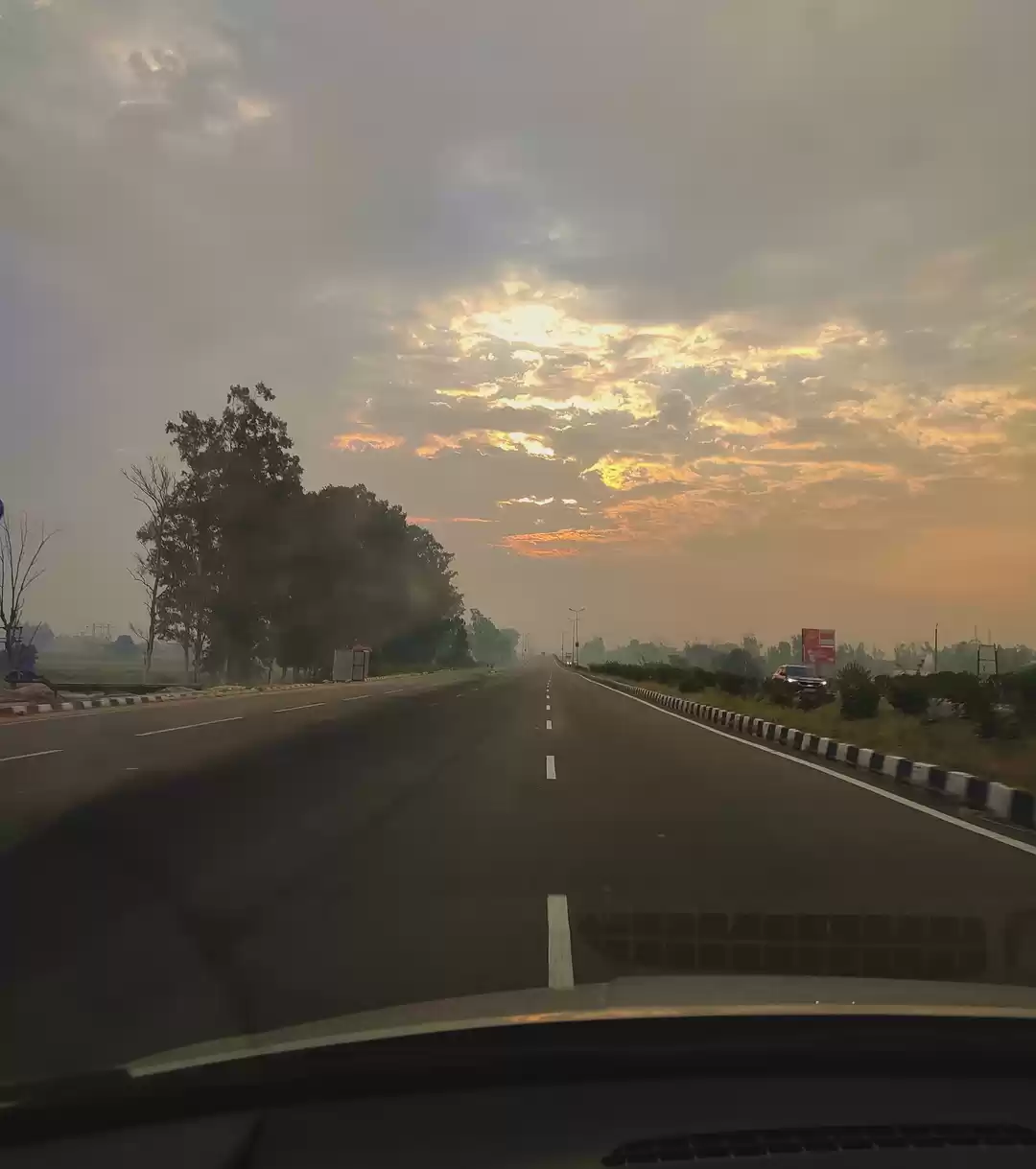
Himachal Pradesh is another hill state (after Uttarakhand) which can boast of good number of temples and religious places due to which it is also known as “Dev Bhoomi” or land of Gods, most important of these are 4 Shakti-Peeths of Goddess Sati or Shakti.
Most legends believe the death of Goddess Sati (wife of Lord Shiva) is how Shakti-Peeths came into existence. Lord Shiva carried the Goddess’s body with him roaming the universe. To help him overcome his grief, Lord Vishnu used his Sudarshan Chakra to cut the body into 51 pieces. Where these ornaments or body pieces fell on earth became consecrated sites. These places were known as the Shakti-Peeths, i.e. the seat of the Goddess, where people can pay obeisance to the Goddess. Lord Bhairava, another form of Lord Shiva always goes with Goddess Sati. Out of 51 Shakti-Peeths, 37 are located in India and remaining 14 are located in neighbouring countries (Pakistan, Bangladesh, Nepal and Sri Lanka etc) which were part of India earlier.
Though there are different versions on actual location of these Shakti-Peeths, as per popular belief, 4 of them are located in Himachal Pradesh namely Jwalaji, Chintapurni Devi, Nayana Devi and Brajeshwari Devi, as per legends, Goddess Sati’s Tongue, Feet, Eyes and Left Breast fell at these places respectively.
In the month of Sep 2021 despite Covid Scare, we planned to visit all these 4 temples during a weekend. We started by our car from Chandigarh on Saturday morning (via Ropad), on the way, we visited Anandpur Saheb, a famous Gurudwara, one of the 5 Takhts of Sikhs - a throne of timeless zone), here you need to wear full pants and cover your head before visiting the shrine.
Thereafter, we drove to Chiantapurni Devi (Maa Chinnamastika) Temple in Una Dist (total 4 hours), you need to walk about 1 km from car parking, we had nice darshan. Here it is believed that Devi Sati’s feet had fallen here which are worshipped in the form of a pindi. Here the belief is that darshan of maa takes away all your worries and stress.
From there, we started for Jwala Ji Temple (also known as Jwalamukhi Temple) in Kangra Dist which took about 2 hours (had lunch on the way in a roadside Dhaba), here there are short cuts to the temple which local autowalas will take you from car parking area, here it took about an hour for darshan as there was long queue. It is believed that Goddess Sati’s tongue had fallen here. Here there is no idol or statue of goddess, it’s only an eternal blue flame which appears through the crevices of the rocks at many places in the temple which is burning naturally from ancient times. It is said that Aurangzeb in an attempt to know the magic of this eternal flame, ordered to dig the area around but could not ascertain its secret. The divine experience of eternal flames, rich history and the pristine beauty of Himalayas is sure to leave you spell bound here
By the time, it was evening, we had booked a hotel online and stayed there overnight.
Next day, we started early for Brajeshwari Devi or Vajra Devi (also known as Kangra Devi, as per belief, maa’s left breast has fallen here) in Kangra Dist which took about 2 hours. We had good darshan here. This is the place where not only Hindus come to worship, but Muslims and Sikhs also come here to pay homage. There are 3 domes in the temple which represents three religions viz., Hindu, Muslim and Sikh.
From here we started for Nayana Devi Temple in Bilaspur Dist on a hill which took about 3 hours. Here there is a Ropeway to reach the temple, it took another one hour for darshan, here goddess is worshipped as a pindi with two gold eyes (as the name suggests, as per Hindu Mythology, Maa Sati’s eyes had fallen here).
From here we came to Nangal Township, had some snacks and started back to Chandigarh via iconic Bhakra Nangal Dam a hydro electric project on River Sutlej. For passing through the dam, you need a permit which is issued by the Dam Authorities on the spot thru their PRO Office in Nangal. It’s a protected area, its a Ghat road which is superb with a lot of greenery around on the hills, the super clean and greenish water of Sutlej River reminds of pristine Rivers of North East or Indus in Leh. Photography or stopover on the way is strictly prohibited on this ghat road.
We reached home at Chandigarh via Anandpur Saheb by 8 PM on Sunday. It was hectic but a memorable weekend trip.

























